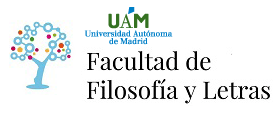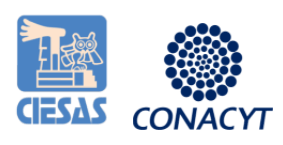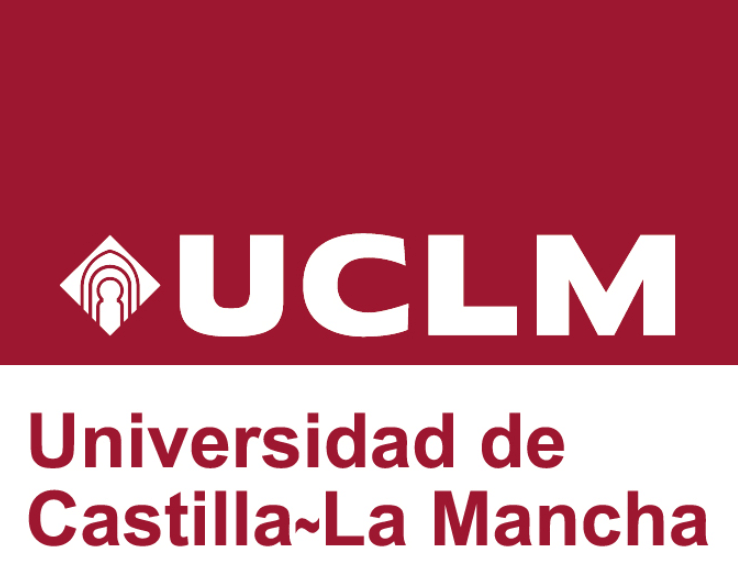Coyotes on Maya brains: the anthropology of the coyote and its magic among the K'iche'
In his provocative last book, Coyote Anthropology (2010), Roy Wagner uses the trickster figure of the coyote to dialogue with Mesoamerican Indigenous notions such as nagual and tonal in the context of his influential ideas regarding recursivity and invention. This presentation engages with Wagner’s insights through the ethnographic information that I gathered while undertaking extensive fieldwork among the K’iche’ Maya of Momostenango, Guatemala. According to my informants, just as people have souls called nawal that can take the form of animals like eagles and snakes, the nawal of the coyote is a little drum (q’ojom) that it carries inside of its heart (k'ux), which it uses in order to hunt, seducing its prey with its song. By reflecting upon the paradoxes of nature and culture in K'iche' thought through the figure of the trickster coyote, I will revisit wagnerian notions such as convention and invention, showing how things that are perceived in Western culture as being natural are in fact artificial in the eyes of nonwestern cultures, something that Wagner had already stressed in many of his works. Thus, this proposal uses empirical data to engage with philosophical anthropology through wagnerian ideas, showing the continued relevance of this author in the discipline.
(*)El autor o autora no ha asociado ningún archivo a este artículo









